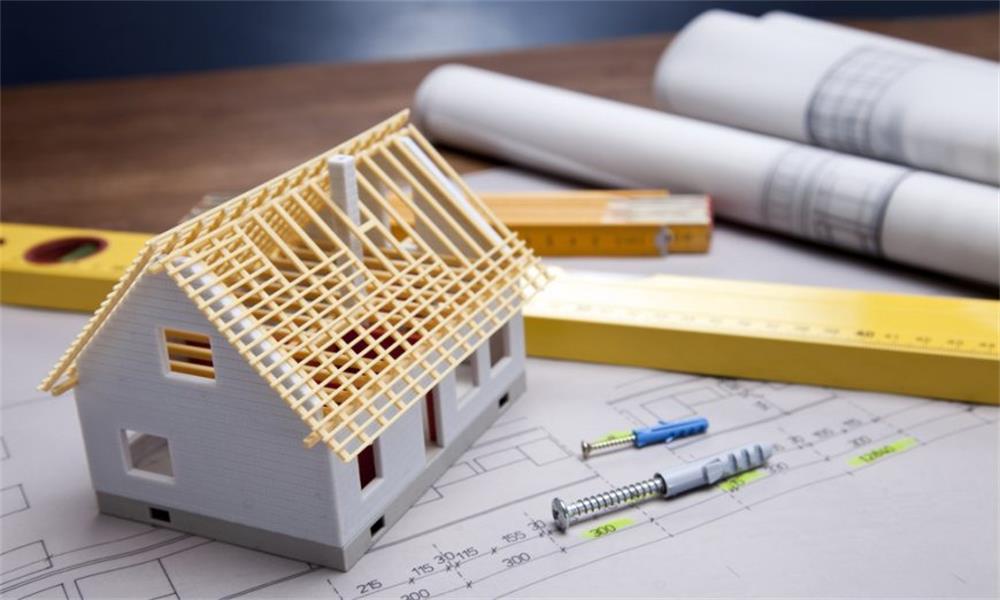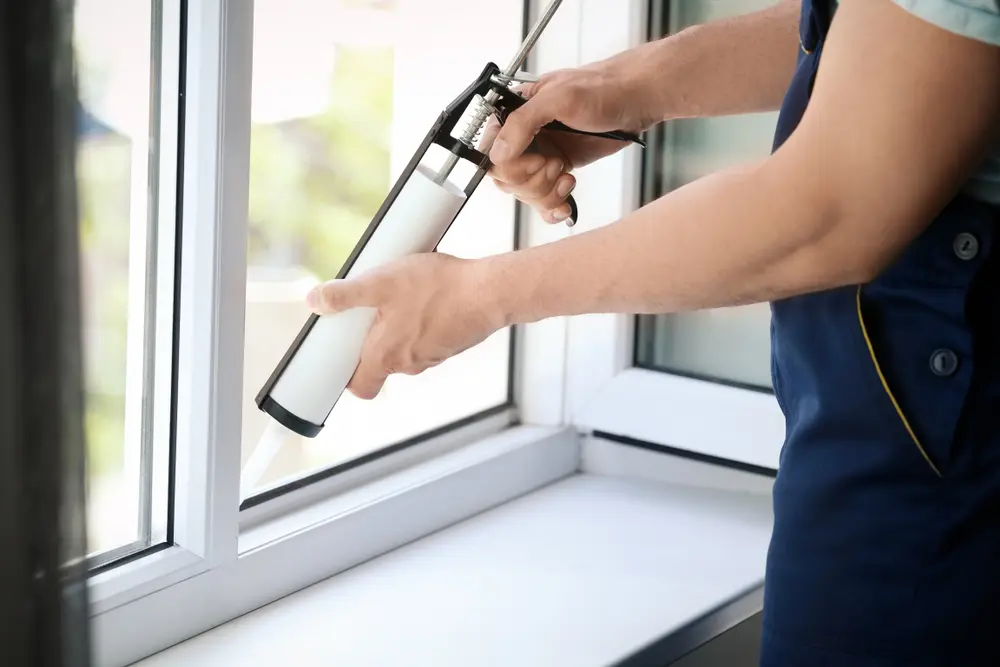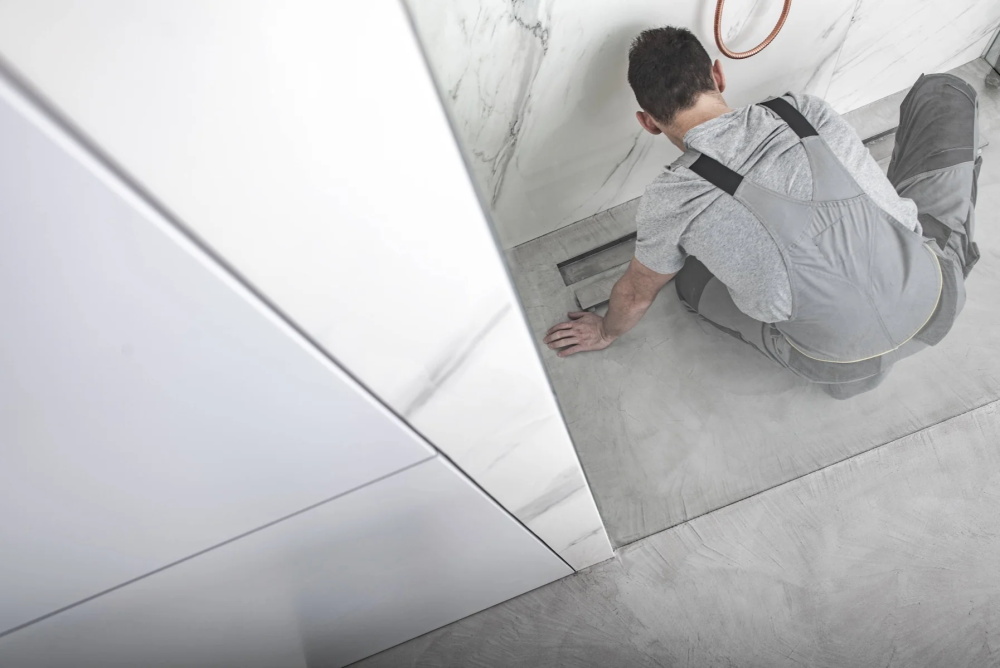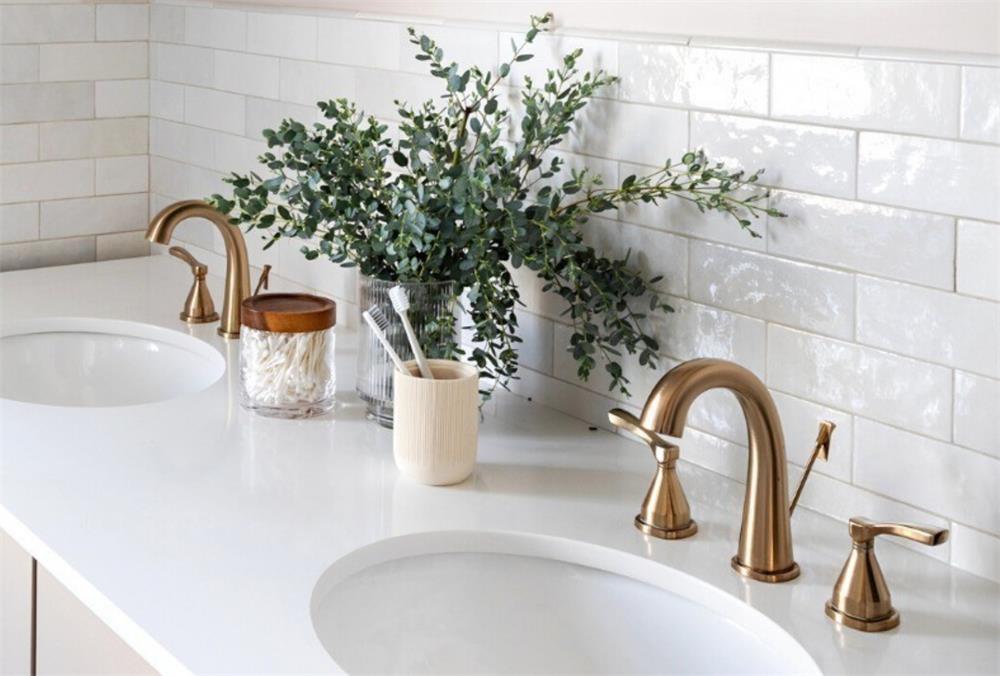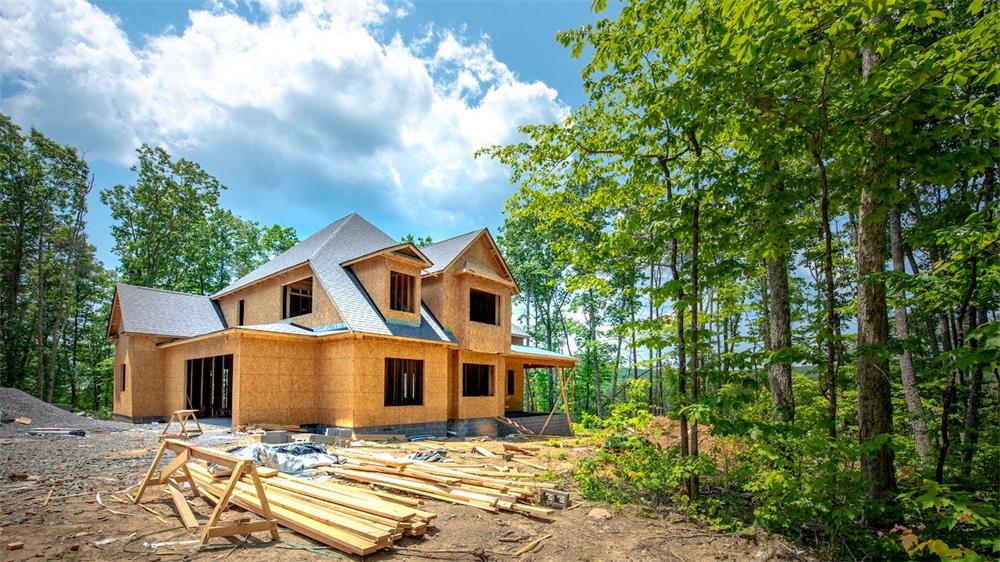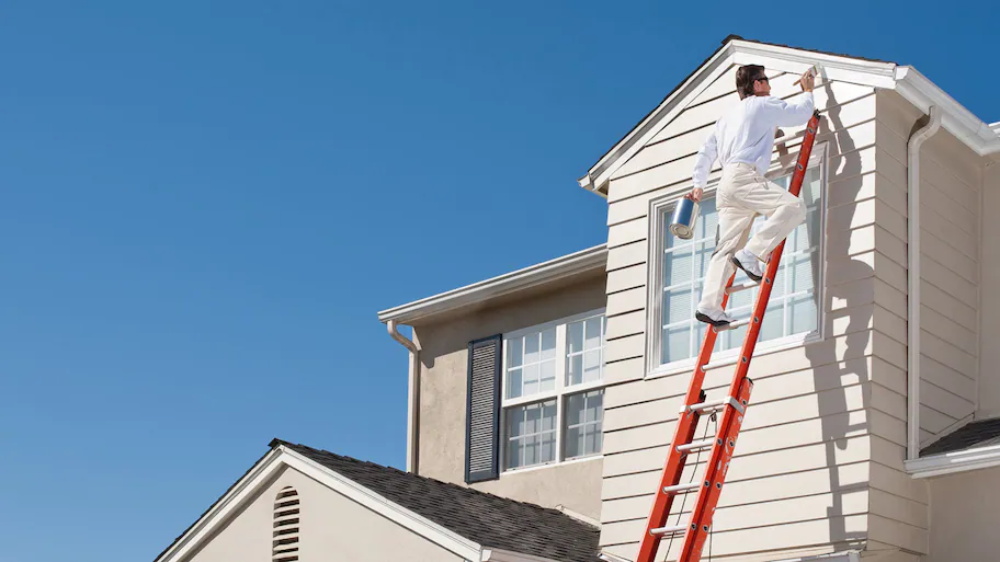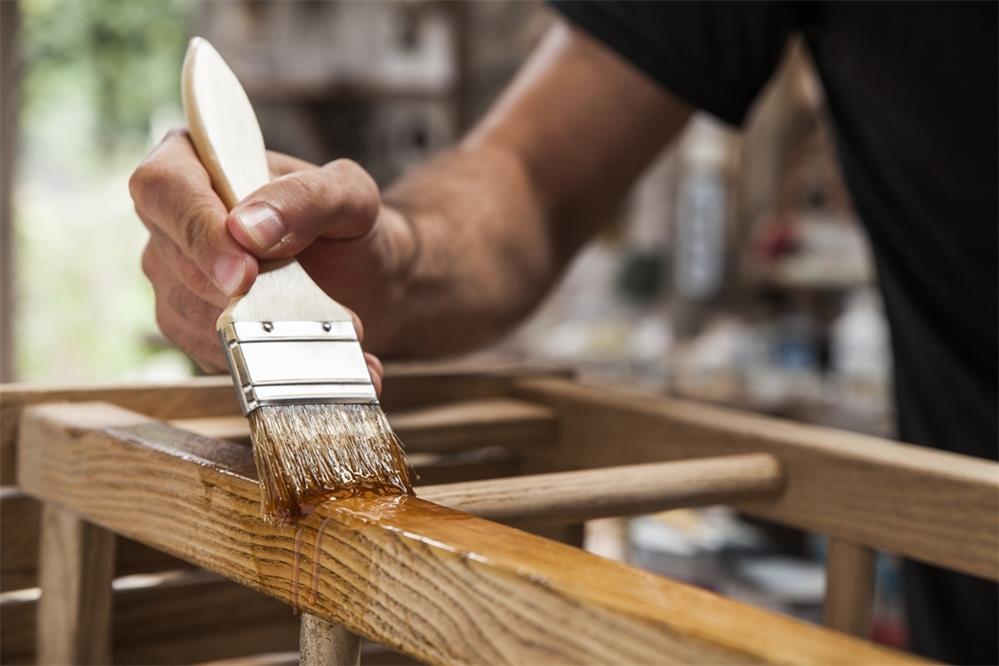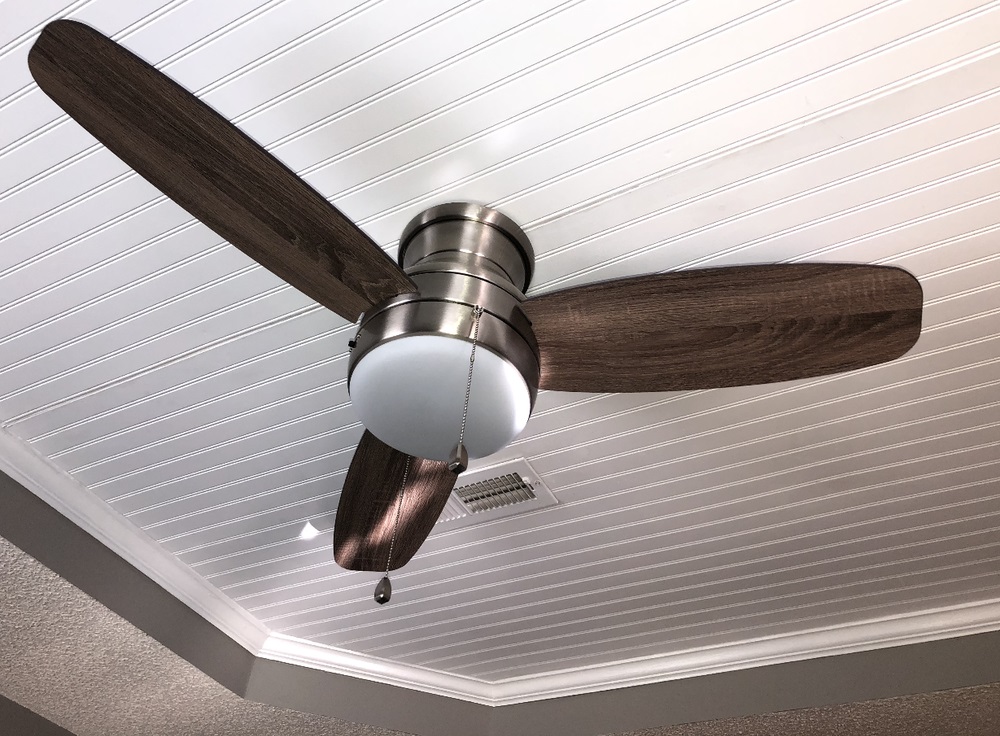An accessory dwelling unit (ADU) is a small living space that is either attached to or detached from a main house, but shares the same lot. An ADU can have its own kitchen, bathroom, bedroom, and entrance, and can be used for various purposes, such as housing a relative, renting out for extra income, or creating a home office. An ADU is also known by other names, such as granny flat, in-law suite, backyard cottage, or garage apartment.
Building an ADU can be a great way to add value and functionality to your property, but it also involves some challenges and costs. Before you decide to build an ADU, you need to consider the following factors:
- The legal requirements: Depending on where you live, there may be different zoning laws, building codes, permits, and fees that apply to ADUs. You need to check with your local authorities and possibly a lawyer to make sure you comply with all the regulations and avoid any fines or penalties. Some areas may also have restrictions on the size, design, parking, occupancy, or rental of ADUs.
- The financial implications: Building an ADU requires a significant investment of money and time. You need to budget for the construction costs, which can vary depending on the type, size, and quality of the ADU. You also need to factor in the ongoing maintenance costs, utility bills, property taxes, insurance premiums, and potential rental income or tax deductions. You may need to secure financing from a bank or a lender to fund your project.
- The design considerations: Building an ADU involves many decisions about the layout, style, features, and amenities of the space. You need to think about how the ADU will fit with your existing house and landscape, how it will meet your needs and preferences, and how it will appeal to potential renters or buyers. You may need to hire an architect or a contractor to help you design and build your ADU.
- The impact on your lifestyle: Building an ADU can have positive and negative effects on your quality of life. On one hand, it can provide you with more space, privacy, flexibility, and income. On the other hand, it can also create more noise, traffic, responsibility, and liability. You need to weigh the pros and cons of having an ADU on your property and how it will affect your relationship with your family, neighbors, tenants, or guests.
An ADU can be a valuable addition to your home if you plan carefully and follow the rules. It can offer you many benefits in terms of housing options and financial returns. However, it can also pose some risks and challenges that you need to be prepared for. Before you build an ADU, make sure you do your research and consult with professionals who can guide you through the process.
How to Build an ADU
If you have decided that an ADU is right for you, you need to follow some steps to make your project a success. Here are some general guidelines to help you plan and build your ADU:
- Do your research: Before you start any construction, you need to find out the legal and technical requirements for building an ADU in your area. You can check with your local planning, zoning, building, or housing department to learn about the rules and regulations that apply to your property. You may also need to consult with other agencies, such as fire, health, or utility departments, to ensure compliance with safety and environmental standards. You should also research the market demand and rental rates for ADUs in your neighborhood to estimate your potential return on investment.
- Hire professionals: Building an ADU is not a DIY project. You will need to hire qualified professionals who can help you design, build, and inspect your ADU. Depending on the scope and complexity of your project, you may need to hire an architect, a contractor, an engineer, a surveyor, a plumber, an electrician, or other specialists. You should also hire a lawyer or a tax advisor who can help you with the legal and financial aspects of owning and renting an ADU.
- Get permits: Before you start any construction, you need to obtain the necessary permits from your local authorities. You may need to submit plans, drawings, specifications, fees, and other documents to get approval for your project. You should also check if you need to notify or get consent from your neighbors or homeowners association (HOA) before building an ADU. You should follow the permit process carefully and keep all the records and receipts for future reference.
- Build your ADU: Once you have secured all the permits and approvals, you can start building your ADU according to the approved plans and specifications. You should hire licensed and insured contractors who can perform quality work and meet the deadlines and budget. You should also communicate regularly with your contractors and monitor the progress of the construction. You should also arrange for regular inspections by the local authorities or third-party inspectors to ensure compliance with the codes and standards.
- Enjoy your ADU: After you have completed the construction and passed all the inspections, you can enjoy your new ADU. You can use it for yourself or rent it out to generate income. You should also maintain your ADU properly and keep it in good condition. You should also comply with all the rules and regulations that apply to owning and renting an ADU, such as paying taxes, reporting income, providing services, and resolving disputes.
Building an ADU can be a rewarding experience that can enhance your property value and lifestyle. However, it can also be a challenging and costly endeavor that requires careful planning and preparation. By following these steps and tips, you can build an ADU that meets your needs and expectations.


